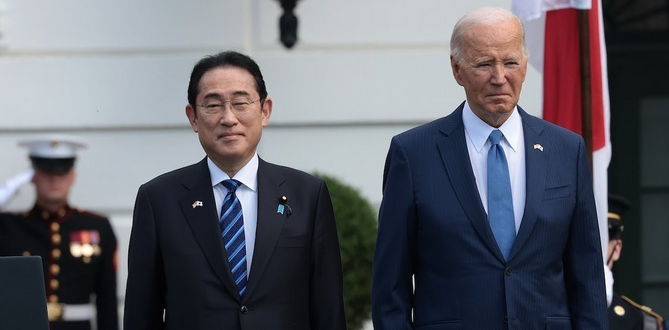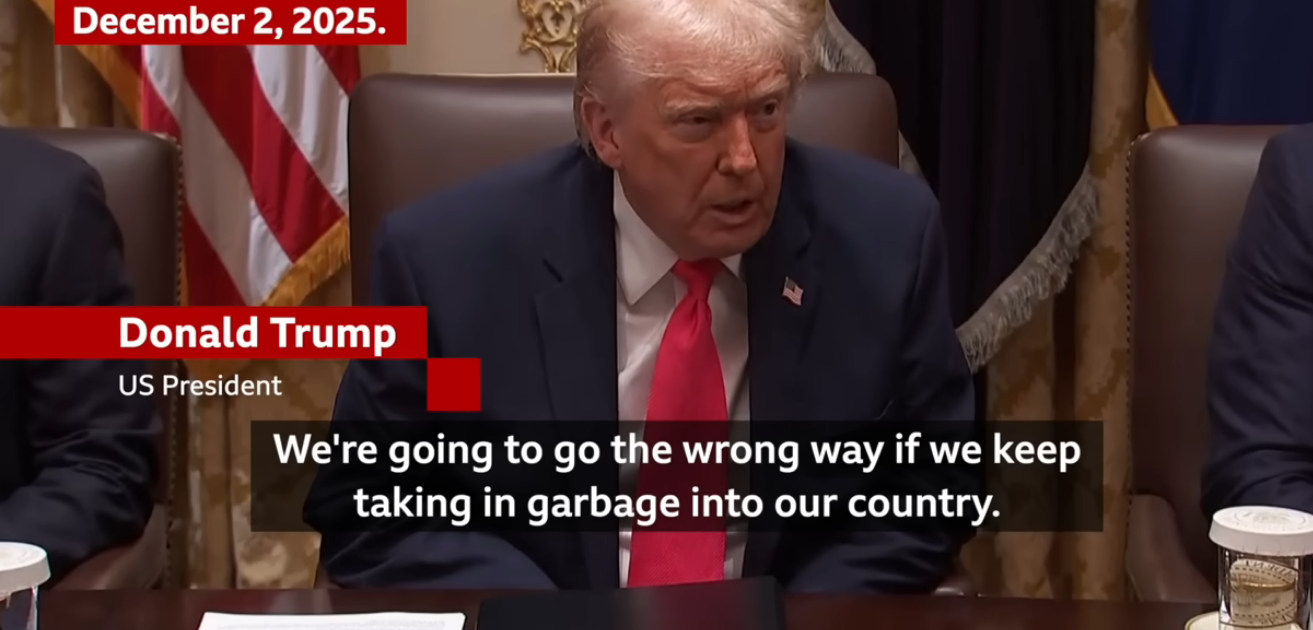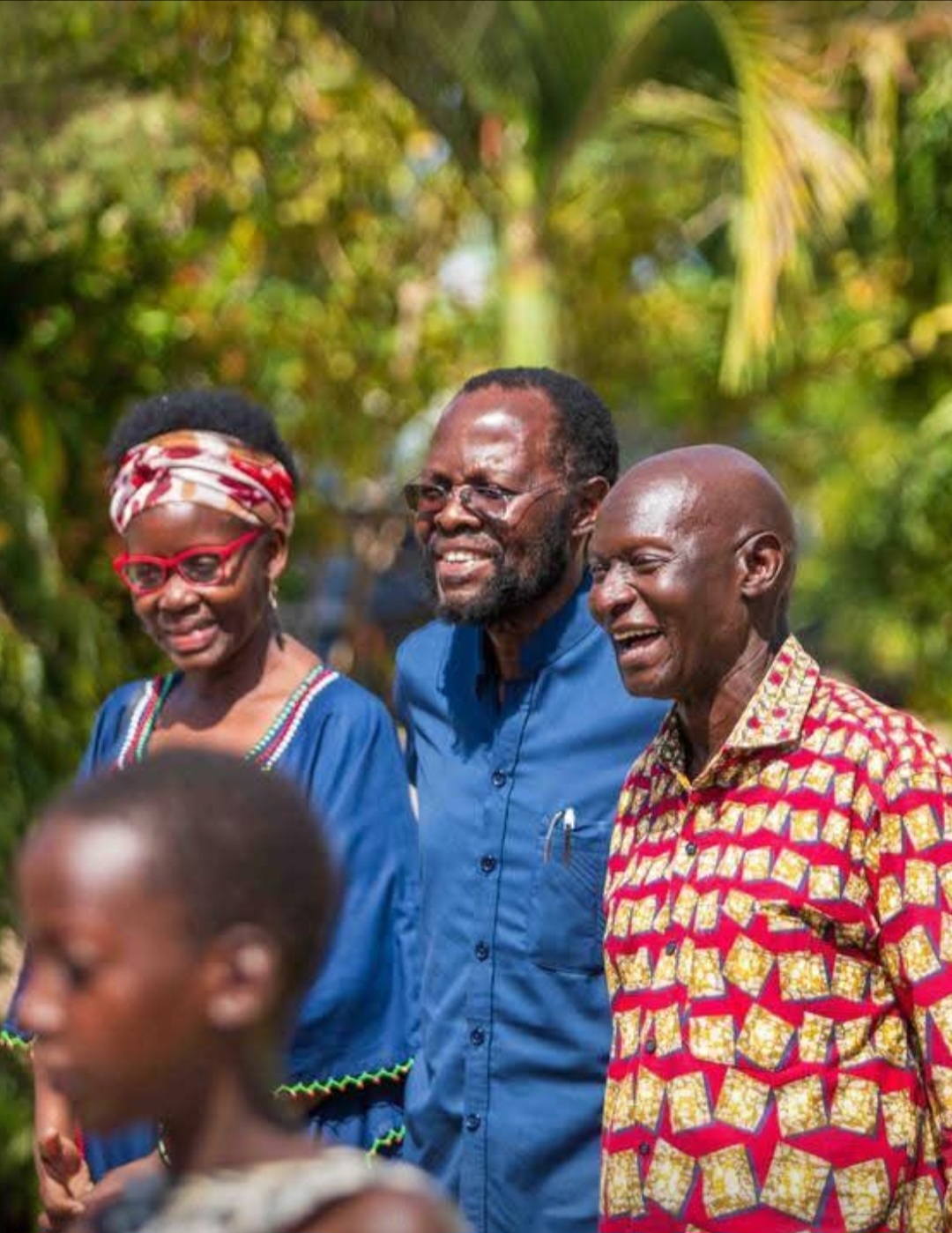Mel Gurtov\PeaceVoice
Photos: YouTube Screenshots
The best thing about diplomacy between government leaders is that it may ease tensions. The worst thing is that it doesn’t resolve the disputes between them, making matters worse. Both aspects of diplomacy have been on view lately in East Asia.
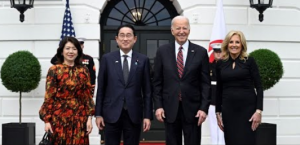
The Biden-Kishida Summit
An “historic” summit meeting April 10-11 between President Biden and Prime Minister Kishida Fumio has resulted in major changes in US-Japan security relations. These follow on a common evaluation of the threat posed by China, North Korea’s increasing missile potential, and Russia’s invasion of Ukraine.
Prior to the summit, Kishida said, “The current security environment is tough and complex, and we are at a turning point in history. Cooperation between Japan and the United States and like-minded countries is a very important issue.”
Among the agreements reached by the two leaders are:
· An improved military common command-and-control system;
· Co-production of certain missiles for air defense;
· Japanese participation in US space missions;
· Major new private investments in each other’s country, including an investment by Toyota of nearly $8 billion for electric car battery production in Greensboro, NC, which is expected to create 3,000 jobs. US and Japanese corporations will also invest in AI research at both countries’ universities;
· “New high-level dialogue” on ways to meet climate change objectives;
· US support of Japan’s restarting of nuclear reactors—a rather surprising addition given the unpopularity in Japan of nuclear power since the Fukushima tragedy.
One sensitive issue that was not mentioned. understandably in an election year: the controversy over Nippon Steel’s bid to take over US Steel.
Japan’s changing strategic perspective is the kind the US has long wished for. Its military spending has jumped, its weapons modernization program has advanced, and it has joined with the US in various security coalitions.
One is the so-called Quad—the Quadrilateral Security Dialogue that includes India and Australia. Recently announced is a US-Japan-Australia-Philippines joint naval exercise in disputed waters of the South China Sea.
The US, Japan, and Philippines held a first-ever joint White House security conference April 11, with China’s “coercive and unlawful” (Biden’s words) actions in the South China Sea the main topic. And now, as part of the Biden-Kishida summit, Japanese involvement with the AUKUS security group (Australia-United Kingdom-US) will be under discussion.
The US ambassador to Japan, Rahm Emanuel, said that stronger US partnership with Japan as well as with the Philippines intends to “isolate” China. “Isolate” here really means “contain.”
A little noticed official characterization of the US-Japan exercises pinpoints China as a hypothetical enemy. As one scholar observes: “After the defeat in World War 2, the practice of labeling other countries as hypothetical enemies became a powerful taboo in Japan.” That is because Japan applied that label to the US, signaling the inevitability of war.
Japan’s defense establishment has avoided applying that label until now, demonstrating (according to this scholar) “the weakening of the hypothetical enemy taboo and the growing threat perceptions vis-à-vis China in the minds of Japanese defense planners. This development does not bode well for Sino-Japanese relations.” Indeed it doesn’t, though (as I write below) high-level China-Japan diplomacy has resumed.
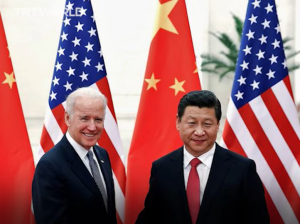
China Reacts
Looking at US policy from China’s perspective, it has to seem disturbingly inconsistent with Washington’s professed intentions. On April 2, just prior to the summits with Japan and the Philippines, Biden had a telephone conversation with Xi Jinping that didn’t break new ground but did have an overall positive appraisal of the relationship.
According to the Chinese readout of the conversation, Xi said relations have “stabilized”— the new watchword Chinese officials are all using to characterize China-US relations—though important negative developments need attention. Strategically, the “bottom line” should be “no conflict, no confrontation,” he said.
Does Beijing regard the latest US-Japan security arrangement as confrontational or stabilizing? The answer has come from a number of high-level Chinese sources, all of which are saying that the US and its allies are ganging up on China.
Its foreign ministry issued a statement that said in part:
“US-Japan relations should not target other countries, harm their interests or undermine regional peace and stability. China firmly opposes the Cold War mentality and small group politics. China firmly rejects anything that creates and drives up tensions and may undermine other countries’ strategic security and interests.”
When Secretary of State Antony Blinken visited Beijing in late April, Foreign Minister Wang Yi told him: The US should not establish “exclusive small groupings, refrain from pressuring regional countries to take sides, stop deploying land-based intermediate-range missiles, stop undermining China’s strategic security interests and stop undermining the hard-won peace and stability in the region”
Xi said the same thing: “China is committed to non-alliance, and the U.S. should not create small blocs. While each side can have its friends and partners, it should not target, oppose or harm the other.”
Targeting China is the US-Japan-Philippines aim, and it can only further stoke tensions in East Asia and reimpose Cold War divisions: China, Russia, and North Korea on one side, the US and its allies on the other. China has always been concerned about Japan again becoming a military power, and now Beijing must deal with the kind of encirclement it faced in Mao’s time.
One way to do so, reflected in the Putin-Xi joint statement at the close of Putin’s visit to Beijing (May 16-17), is to tighten the two countries’ “comprehensive strategic partnership.” The statement says their partnership is not targeted at a third party, but of course it is.
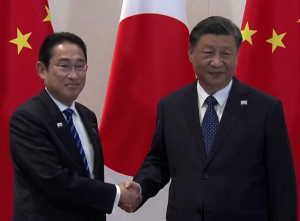
China Makes a Diplomatic Move
Beijing also reacted to US alliance politics by engaging both Japan and South Korea in a leadership-level meeting May 27 for the first time since 2019. Kishida, Chinese Premier Li Qiang, and South Korean President Yoon Suk-yeol agreed to regularize communications, seek a free-trade agreement, and address supply-chain problems.
These are aspirations, however; on key issues that divide Japan and South Korea from China—defense of Taiwan, the war in Ukraine, North Korea’s missile tests—nothing seems to have been accomplished. Yet this meeting did have benefits for each party beyond face-to-face dialogue: for China, cutting into the US alliance system and helping prevent a decoupling of economies; for Japan, easing tensions with China and improving the trade environment; for South Korea, getting Beijing’s attention on the nuclear and missile issue with North Korea. And we can’t exclude the possible Trump effect for all three parties—resetting economic ties in advance of protectionist trade policies that a Trump presidency would impose.
At most, this trilateral meeting might at least temporarily halt the slide in East Asia toward intense strategic competition. But the reality is heightening military and economic competition, not removal of barriers to cooperation.
All the parties are contributing to the division and destabilization of Asia, reproducing a Cold War framework that history tells us can only have deadly consequences.
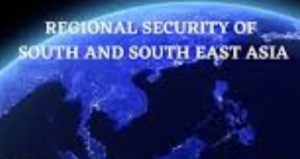
Mel Gurtov, syndicated by PeaceVoice, is Professor Emeritus of Political Science at Portland State University and blogs at In the Human Interest.
